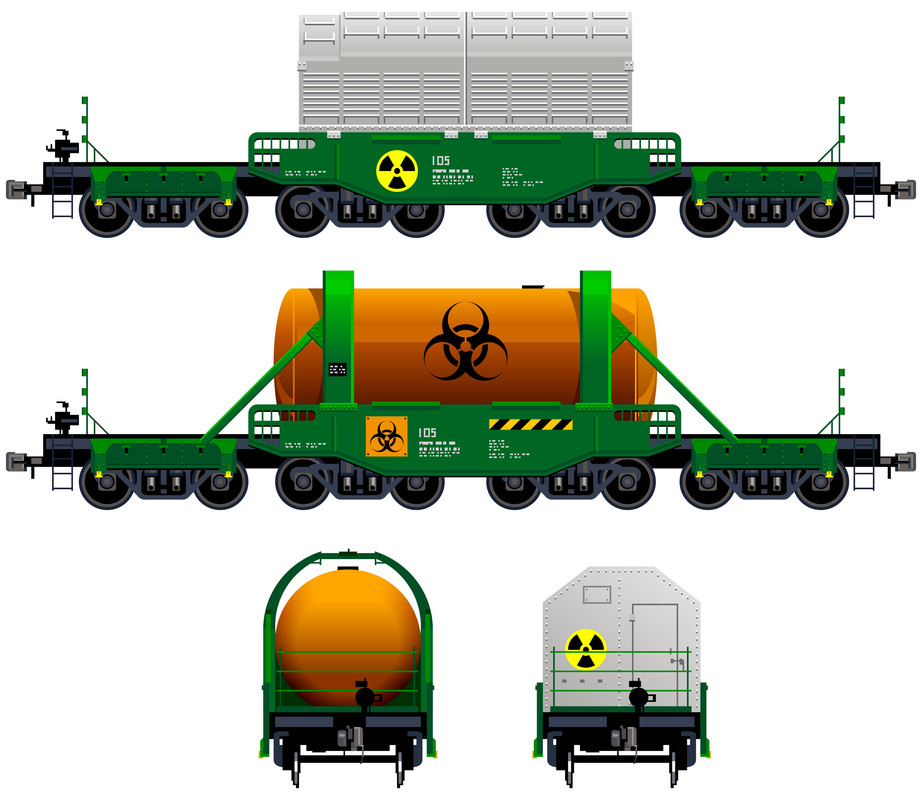If you are involved in any way with the transport of dangerous goods, by road, sea, air, railway or inland waterway, there are certain cautionary steps and precautions that you should be aware of. You must have the knowledge on the packing of the dangerous goods as per the international regulations and you should know the nature of the dangerous goods that you want to transport. Especially, when you are dealing with international shipments, you must maintain the rules and regulations of the receptive custom department of that country because each country has a different set of rules for the transport of dangerous goods.

The UN model regulations have implemented several rules on the different transportation methods in a classification process. Class and PG together dictates how one should package, level and carry the goods. This includes both inner and outer packaging methods, the suitability of the packaging materials and how the other various requirements can make the delivery of those dangerous goods in the safest manners possible.
Classification and Range of Dangerous Goods:
Now, the carriage of the goods whether by road, rail or sea or through air, contributes in the safety factor. Certain chemical reacts in their certain distinctive manner and so The UN has classified the good in some carts and here you can find few classifications:
- Following the chart, the safety concern of the explosives make the top of the list under safety measurement unit 1.1-1.6
- Flammable gases which are rated as 2.1 Non-flammable and non-toxic gases are rated as 2.2 and toxic gases are rated as 2.2. Flammable liquid and flammable solids are put under the same category and safety measurement unit 4.1 whereas spontaneously combustible substances are rated as 4.2 and a substance that emits flammable gases while coming into contact with water are rated as 4.3.
- A toxic and infectious substance is rated as 6.1 and the highest number that goes up to 6.2 is rated for radioactive materials, corrosive substances, and miscellaneous dangerous substances. The persons or the company who is exporting these substances are responsible for the classification, marking and packaging.
Training for Safety measurements:
The companies that handle these transports of dangerous goods on regular basis, has to appoint a Dangerous Goods Safety Advisor (DSGA) in order to comply along the process in order to ensure the Health and Safety at work as declared by the government’s safety act 1974. Now, a company does not necessarily need to appoint a DSGA if their company falls under these classifications:
- The company transports dangerous goods in a smaller quantity.
- The company transport dangerous goods occasionally, the act are not the company’s primary or secondary pursuit.

The DSGA is required in special cases and the duty and responsibilities of DSGAs are stated below:
- He monitors compliance with rules governing the transport of dangerous goods.
- He provides advises and cautionary steps on the business and on the transport of dangerous goods.
- He prepares an annual report and submits is regarding the management and business transportation of the dangerous goods.
- He advises on the potential security aspects on transportation.
All these measurements can apply to anyone involving in the business, especially to people who allow transportation to take place and not just the operator. This may include, freight forwarders, cargo consigners, workers in the manufacturing department and the exporters managing the final charts.
For these measurements to supervise special training and qualification is also needed on the part of the DSGAs. They must be obtaining vocational training certificate and must pass a written examination. The safety measurements of the transport of dangerous goods are of supreme importance and all the means and regulations must be followed.
0 comments:
Post a Comment